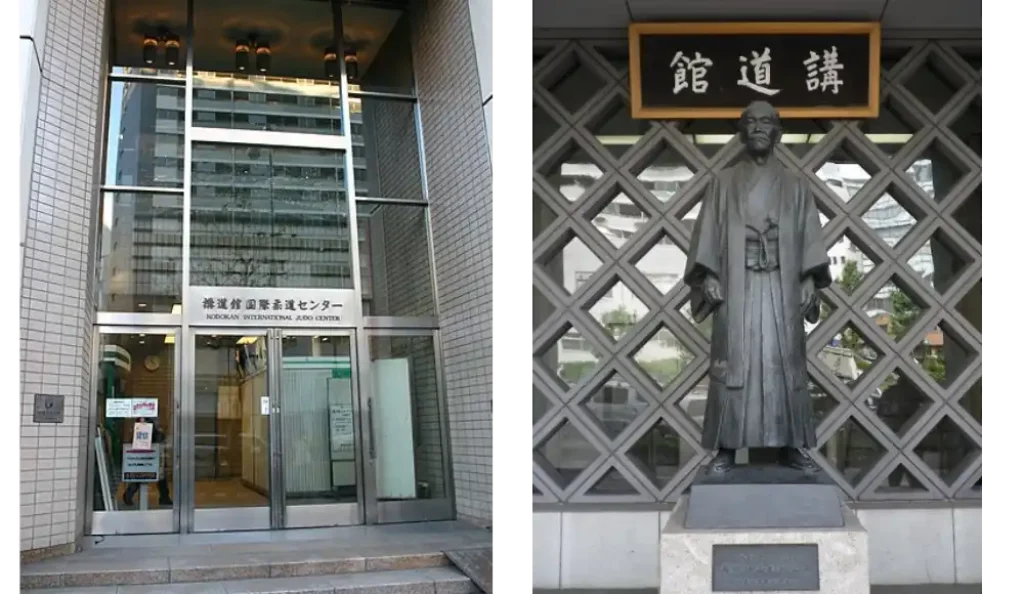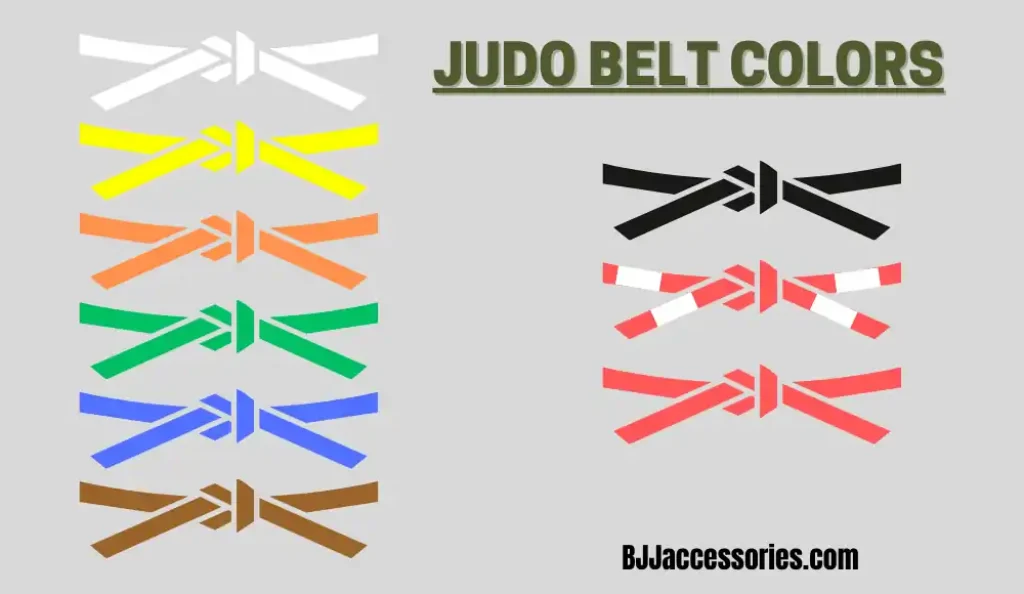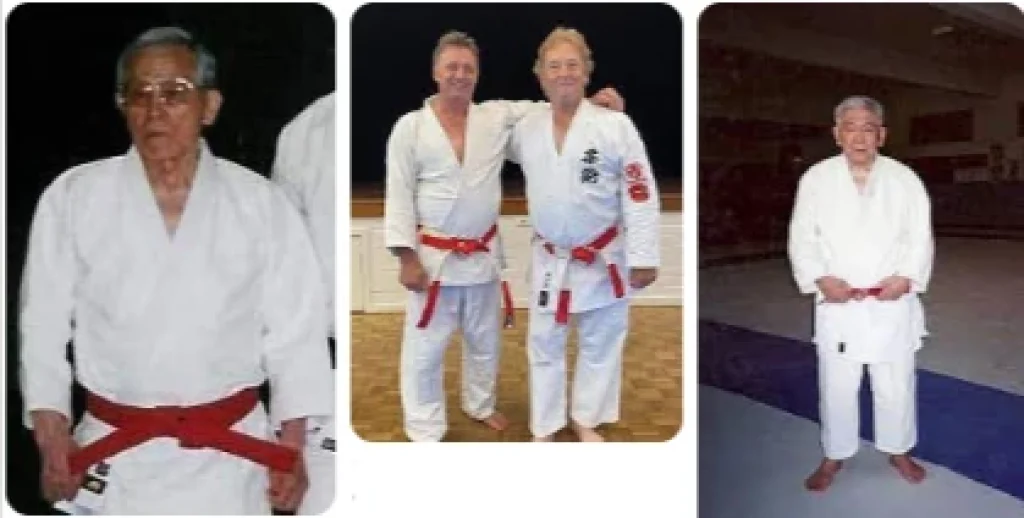How many belts in judo? [Explained]
Judo is a martial art that originated in Japan and has become popular all over the world. It is a physically demanding martial art style that requires strength and discipline. One of the most important aspects of judo is the ranking system, which is represented by the different colored belts that practitioners wear. In this blog post, we will explore how many belts in judo are there, their order, and what they represent.
After reading this article, you might be also interested to read about how long it takes to get a black belt in judo and the difference between Japanese jiu jitsu and judo.
Judo belt system
The judo belt system is an essential part of the judo sport. It represents a practitioner’s skill level and experience. There are seven belt colors in judo, starting with white and ending with black. After black, there are two additional belts: the red and white belt and the solid red belt.
So, we can say that there are nine judo belts in the rating system. But in practice, most judokas spend their judo experience within the main seven judo belt colours. The red and white and the solid red belts are the belt of honor and there are not so many red belt judokas.
Judo belt system origin
The judo ranking system is the ancestor of belt rankings in Japanese martial arts. Other martial art styles began to adopt the idea of a colored belt ranking system.
Judo was developed by Jigoro Kano, who founded the Kodokan Judo Institute in Tokyo in 1882. Kano was a master of martial arts and a scholar, and he developed judo as a way to combine physical training with mental discipline.

The belt system in judo was introduced by Kano as a way to signify a practitioner’s level of skill and knowledge.
Originally, the judo belt is being called obi and there were only two belts in judo: white and black. White represented the beginner, and black represented the master.
The belt system was later expanded to include additional colors, such as yellow, green, and blue, to represent the progression and growth of the practitioner.
The Judo belt system has since become a standard in many martial arts like aikido and Brazilian jiu jitsu, and it has been adopted by practitioners all over the world. It is a way to recognize and honor the hard work and dedication that goes into mastering the sport of judo. The belt system also serves as a reminder of the values of discipline, respect, and perseverance that are at the core of judo philosophy.
Judo belt ranks for adults
The belt ranking system for adults starts with the white belt and progresses through yellow, orange, green, blue, brown, and black. The highest belt in judo is the black belt, which represents mastery of the sport.
The black belt is not the end of the journey, however, as there are additional degrees of black belt, indicated by Dan grades on the belt.

Judo belt ranks for kids and youth
The belt ranking system for kids and youth is slightly different from the adult ranking system.
It starts with the white belt and progresses through yellow, orange, green, and blue. The highest belt for kids and youth in most judo dojos is the blue belt. The blue belt represents intermediate skill level and mastery of the fundamental techniques of judo.
Judo belt colors in order
The order of the belts in Judo is as follows:
- White
- Yellow
- Orange
- Green
- Blue
- Brown
- Black
- Red and white
- Solid red
Important to note, that the judo belt colors may differ in judo dojos of different countries.
Which belt color is the highest in judo?
The highest belt color for the majority of judokas is the black belt. It represents mastery of the sport and is the goal for many practitioners. But a black belt in judo is not the final possible achievement. The red and white and solid red belts are the highest possible degrees of achievement in judo.
Most judo practitioners don’t achieve the red belt in judo.

What does the color of the judo belt mean?
Each belt color in judo represents a level of skill and experience. The white belt represents the beginning of the journey, while the black belt represents mastery of the sport. The colors in between represent the progression and growth of the practitioner.
Is a green belt in judo good?
Yes, a green belt in judo is good. The green belt represents an intermediate level of skill and knowledge. It is a significant milestone in a practitioner’s journey toward mastering judo.
A green belt practitioner in judo has typically been training for several years and has developed a deep understanding of the techniques and principles of the judo sport. They have a solid foundation of judo basics, such as ukemi (break falling), kuzushi (off-balancing), and tsukuri (positioning). They are also proficient in executing throws, pins, and submissions, and have developed a strategic mindset in sparring.
A green belt practitioner is expected to demonstrate a high level of discipline, respect, and humility both on and off the mat.
Overall, a green belt practitioner in judo is a well-rounded martial artist who has dedicated a significant amount of time and effort toward mastering the sport. They are respected by their peers and instructors, and they serve as role models for aspiring judo practitioners who are just starting their journey toward the black belt.
What is a purple belt in judo?
Some dojos practice having a purple belt in their judo belt system. For instance, the US Judo Association has a purple judo belt in its junior ranks which follows the blue belt.
Also, the original judo grading system by Kano included a purple belt grade for junior practitioners instead of a brown belt for senior judoka.
The purple belt is a level of achievement in judo that represents advanced skill and knowledge. It is the belt that comes after the blue belt and before the brown belt (the same as in the adult BJJ belt levels). The purple belt is an important step toward the goal of a black belt.
Judo belts timeline
The judo belt system is structured to provide a clear progression path for practitioners as they advance in their skills and knowledge of the sport. The timeline for earning each belt can vary depending on the individual’s level of dedication, training frequency, judo dojo or federation, and ability to master the required techniques and principles.
However, there are general timelines for each belt rank that can serve as a guideline for practitioners.
Typically, a practitioner will start their judo journey as a white belt, which represents a beginner level of skill and knowledge. It is the first belt earned in judo – the beginner belt.
After earning the white belt, the practitioner will progress to the yellow belt, which represents an intermediate level of skill and knowledge. The timeline for earning the yellow belt can range from six months to a year or more, depending on the practitioner’s dedication and progress.
The same timeline can be applied to achieve the orange, green, and blue belts.
Finally, the brown belt represents the advanced level of skill and knowledge in judo, and it typically takes several years of dedicated training to earn. After the brown belt, the highest rank is the black belt, which represents the ultimate achievement in judo and can take several years of dedicated training and mastery to attain.
Once again, here is a timeline of the judo belt system, from beginner to master:
- White Belt
- Yellow Belt
- Orange Belt
- Green Belt
- Blue Belt
- (Purple Belt)
- Brown Belt
- Black Belt
- Black Belt with 1st to 10th Dan
Conclusion
The judo belt system is an important part of the sport, representing a practitioner’s skill level and experience. There are seven main belt colors in judo, starting with white and ending with black. After black, there are two additional belts: the red and white belts and the solid red belt.
Each belt color represents a level of skill and knowledge, and the black belt represents mastery of the sport. Whether you are a beginner or a master, the judo belt system provides a clear path for progression and growth.